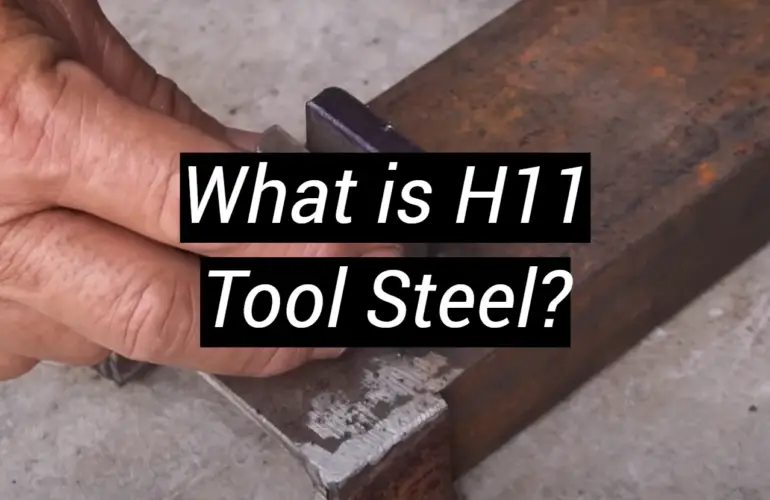H11 tool steel is a versatile, air-hardenable, highly machinable tool steel that has a wide range of exceptional properties. With its excellent toughness and high heat resistance, it is in high demand in a variety of industries.
Used primarily for heavy-duty processing, this tool steel is distinguished by its extraordinary durability and strength. It is specially designed to withstand the demanding conditions in industries that require molds for high-strength materials. Whether it is injection molding, extrusion or forging, this tool steel remains a reliable choice.
One of the key advantages of a H11 is its ability to withstand repeated heat cycles with no loss of mechanical stability. It is a perfect match for materials that are subjected to extreme temperature extremes, ensuring long-lasting performance and reliability.
In addition to its exceptional heat resistance, this material exhibits great resistance to stress and machinability. This makes it easy to work with, allowing you to precisely shape the desired parts. Its excellent hardness and chip resistance further enhance its suitability for demanding industrial applications.
All in all, it’s a reliable and high-performance material that offers excellent durability, strength and resistance. Its unique combination of properties makes it an indispensable choice for industries that require high performance and reliability in the manufacture of molds and tools.
Chemical Composition of Tool Steel H11
H11 tool steel is known for its exceptional strength and durability due to its unique chemical composition. This composition includes precise amounts of different elements: typically 0.35-0.45% C, 0.20-0.50% Si, 0.20-0.50% Mn, 5.00-5.50% Cr, 1.10-1.60% Mo and 0.30-0.60% V. In addition, it contains a maximum of 0.030% P and 0.025% S.
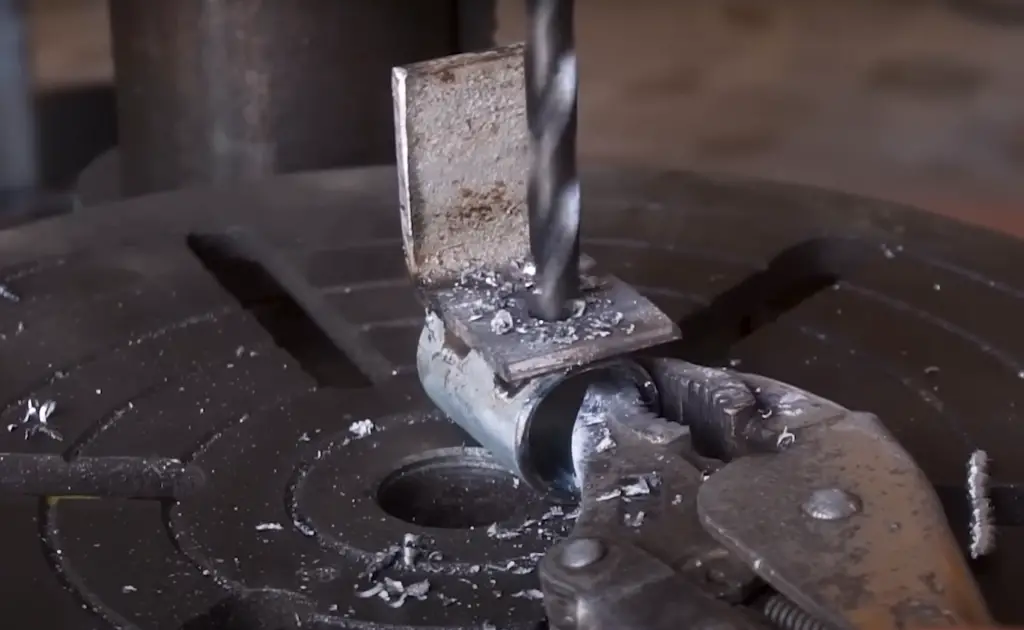
These carefully selected elements work in synergy to provide superior performance. Not only does it offer excellent heat and wear resistance, it also has a high viscosity. This unique combination makes it an excellent choice for the manufacture of tools and molds that are subjected to high-temperature operations. The ability to withstand harsh conditions guarantees long service life and reliable performance[1].
Fabrication and Heat Treatment
The production process of H11 includes various methods, including machining, welding and forming. When it comes to machining, this tool steel demonstrates exceptional machinability when using the right equipment. Despite its high strength, it can also be easily machined using traditional methods, which ensures versatility of use.
In terms of welding, proper preheating of H11 is crucial to prevent cracking during the process. In addition, slow cooling after welding is recommended to ensure the structural integrity of the steel, minimizing the risk of any potential deformation.
Turning to the thermal processing of H11 grade it should be noted that it involves several key processes. Annealing, which is performed at temperatures ranging from 871 to 899°C (1600 to 1650°F), helps relieve stresses within the metal, increasing its overall stability. To achieve optimal results, annealing uses a slow cooling rate of 4.4°C (40°F) per hour.
Quenching is another important step in the thermal processing of this type of steel. It begins with preheating the steel to a temperature of 788-816°C (1450-1500°F). The steel is then heated to a temperature of 1010-1040°C (1850-1900°F). Finally, air cooling is applied to achieve the desired hardness, which ensures that the steel can withstand demanding operations and resist wear.
To further improve the mechanical properties, the alloyed material is quenched. This process uses temperatures between +538°C and +649°C (1000-1200°F) to increase toughness and reduce brittleness.
After undergoing these complex heat treatment processes, H11 tools achieve excellent mechanical properties, making them effective tools for applications that require exceptional wear resistance[2].
Machinability
The machinability of H11 tool steel is widely considered to be superior when compared to other tool steels in its category. This steel possesses a remarkable ability to maintain sharp cutting edges even during high-temperature machining operations, making it a preferred choice for many industries. Not only can it be easily machined using conventional methods such as milling, drilling, turning, and grinding, but it also demonstrates excellent performance when paired with high speed steel or carbide tools. It is worth noting that reducing the cutting speed can further enhance the tool life, leading to increased efficiency and cost savings in the long run.
Furthermore, the exceptional machinability of H11 tool steel contributes significantly to its desirability in various industries, particularly those where high precision and consistency are paramount. Despite its high strength and hardness, this steel exhibits minimal wear on machine tools, thereby reducing the frequency of tool replacement and maintenance. This aspect not only translates to potential cost savings but also ensures uninterrupted production processes, ultimately improving overall productivity.
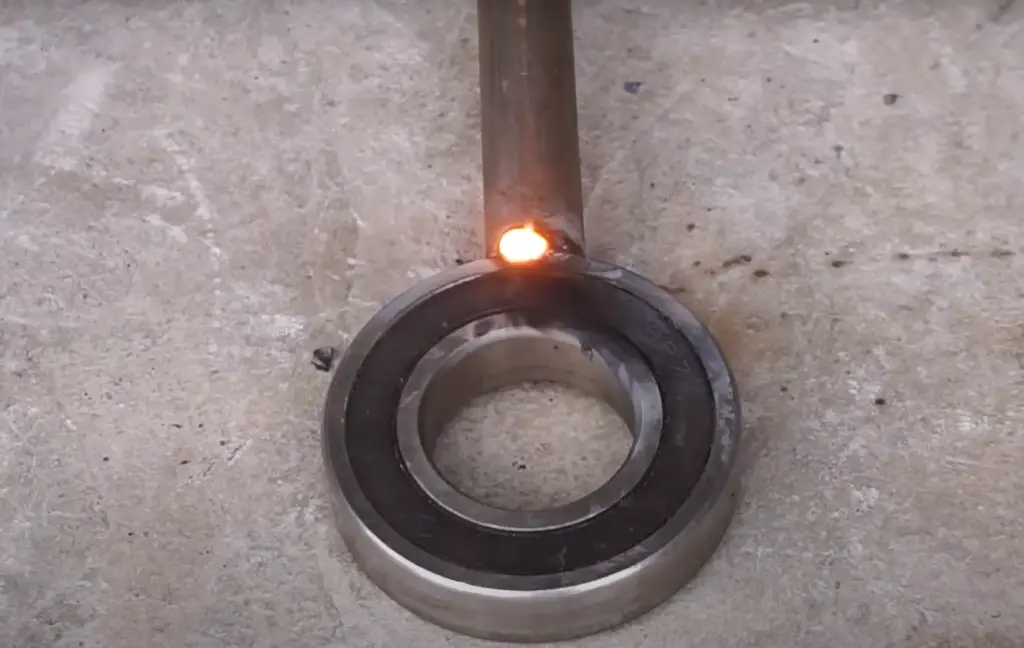
In conclusion, the outstanding machinability of H11 tool steel, coupled with its durability and cost-saving potential, makes it an ideal choice for industries that demand high-quality, precise, and consistent products.
Forming
Forming H11 tool steel can be achieved through conventional methods thanks to its exceptional ductility and malleability. This steel, despite its high strength, offers remarkable versatility in shaping to meet specific requirements. Techniques such as bending, rolling, and stamping can be employed to create a wide range of desired shapes using H11. However, it’s important to note that for more intricate shapes or designs, the steel may require heating to facilitate the forming process, ensuring smooth and uniform shaping with minimal risk of cracking or deformation. This meticulous approach ultimately leads to the production of a high-quality end product.
Additionally, it is advisable to perform a comprehensive annealing heat treatment after the forming process. This step helps to relieve any internal stresses induced during forming, thereby enhancing the lifespan and performance of the formed tool. By incorporating this post-forming treatment, the structural integrity of the tool is further strengthened, ensuring its longevity and optimal functionality.
Welding
Welding H11 tool steel requires careful attention due to its high heat-resistance and strength. It is generally advisable to preheat the steel to a temperature range between 400 and 500°C (750 and 930°F) prior to welding, to prevent the formation of micro-cracks. The preferred method for welding this steel is the Shielded Metal Arc Welding (SMAW) process, although Gas Metal Arc Welding (GMAW) and Submerged Arc Welding (SAW) can also be used effectively. Post-weld, slow cooling is highly recommended to maintain the steel’s structural integrity and prevent potential cracking. It is also suggested to carry out stress-relieving heat treatment after welding, typically at a temperature of approximately 650°C (1200°F), to mitigate any residual stresses from the process and ensure the welded areas have adequate toughness. Always remember to follow safety guidelines when welding, as the process demands careful handling and appropriate protective equipment.
Heat Treatment
The heat treatment process for H11 tool steel plays a significant role in optimizing its mechanical properties, including hardness, toughness, and resistance to wear and tear. This process typically involves three main stages: annealing, hardening, and tempering.
Annealing is the initial step, carried out at temperatures between 871-899°C (1600-1650°F). This process is crucial for relieving internal stresses within the metal, which are induced during the manufacturing process. The steel is slowly cooled at a rate of 4.4°C (40°F) per hour to ensure effective stress relief.
The second stage is hardening, which aims to maximize the hardness and strength of the steel.
The steel is then air-cooled, a process which helps to solidify the structural changes in the steel, thereby increasing its hardness.The final stage of the heat treatment process is tempering, carried out at temperatures between 538-649°C (1000-1200°F). The purpose of tempering is to enhance the toughness of the hardened steel and reduce its brittleness. This process involves heating the steel to the specified temperature, holding it at that temperature to allow heat to be uniformly transferred throughout the material, and then cooling it down, usually in still air.

Overall, the heat treatment process is meticulously planned and carefully executed to ensure the H11 steel has the optimal balance of hardness, toughness, and heat resistance, making it an outstanding material for hot work tools and applications.
Forging
Forging H11 tool steel is a process that requires specific care and attention due to its high strength and heat-resistant properties. The forging process typically starts with preheating the steel to a temperature of about 788-816°C (1450-1500°F), followed by a further increase in temperature to 1010-1130°C (1850-2050°F) for the actual forging. This high-temperature treatment enables the steel to be deformed and shaped without cracking or fracturing.
Throughout the process, it’s essential to avoid overheating, as it can lead to a decrease in the steel’s mechanical properties. Once the steel is forged into the desired shape, it is recommended to slow cool in a furnace or insulative material to avoid stresses and potential cracking. After forging, an annealing process may also be performed to relieve any internal stresses caused by the forging process, thereby ensuring the structural integrity and longevity of the forged piece.
Cold Working
Cold working of H11 is possible but typically limited due to its high hardness and strength. The process involves deforming the steel at room temperature, below its recrystallization temperature, enhancing its strength and hardness while reducing ductility. This method, while advantageous for improving mechanical properties and dimensional accuracy, can result in increased internal stresses within the material. It is essential to note that subsequent annealing or stress relieving heat treatment may be necessary after cold working to reduce these stresses and prevent cracking or failure in service. Despite its limitations, cold working can be beneficial for certain applications where improved surface finish and tighter dimensional tolerances are desired. Common cold working operations for H11 tool steel can include drawing, stamping, or cold heading, depending on the final product requirements. As always, appropriate tooling and lubrication should be used to minimize wear and potential damage during these operations.
Annealing
Annealing H11 alloy is an essential process that primarily serves to relieve internal stresses within the material, which can be induced during forging, cold working, and machining operations. The process involves heating the steel to a temperature typically within the range of 871-899°C (1600-1650°F) and holding it at that temperature for a specific period. This allows the steel’s microstructure to transform and the internal stresses to redistribute and diminish. Following this, the steel is cooled slowly, usually at a rate of 4.4°C (40°F) per hour, to avoid the introduction of thermal stresses. The resulting annealed steel exhibits increased ductility, improved machinability, and somewhat reduced hardness and strength, which can be advantageous for subsequent machining or forming operations. After annealing, the steel should be allowed to cool in the furnace or in a controlled environment to minimize the risk of distortion and cracking. The precise annealing process may vary depending on the specific requirements of the application or the particular properties desired in the final product.
Tempering
Tempering is a critical step in the heat treatment of this type of tool steel. Following the hardening process, the steel tends to be hard but brittle. The tempering process is designed to remedy this by improving the toughness and ductility of the steel, reducing brittleness while slightly lowering its hardness. Typically, H11 tool steel is tempered at temperatures ranging from 538-649°C (1000-1200°F).

The steel is heated uniformly to the desired temperature and held there for a specific time, typically 1 hour per 25 mm of thickness, to ensure that the temperature is evenly distributed throughout the material. Slow cooling in still air follows this.
Higher tempering temperatures result in greater toughness but less hardness, while lower temperatures preserve more hardness at the expense of toughness. It’s also worth noting that this process may need to be repeated (double tempering) for achieving optimal properties. The tempering process, when executed correctly, significantly improves the tool steel’s performance in various demanding applications.Applications
H11 tool steel, known for its exceptional combination of hardness, toughness, and heat resistance, is widely employed in a diverse range of demanding applications. Its outstanding performance is particularly evident in hot work tooling applications. For instance, it plays a crucial role in the manufacturing of die-casting dies, extrusion dies, and forging dies, where the ability to withstand high temperatures without compromising strength or durability is paramount. Moreover, it is extensively utilized in the production of shear blades for hot work and hot swaging dies, benefiting from its remarkable hot hardness and resistance to thermal fatigue.
In the aerospace industry, H11 is frequently the material of choice for structural parts that must endure extreme stress and elevated temperature conditions. Its superior properties make it well-suited for such demanding environments. Additionally, H11 tool steel finds application on a smaller scale, being utilized in the production of punches, knock-out pins, mandrels, and other precision tools. The exceptional hardness and impressive heat resistance of H11 tool steel grant a distinct advantage in these precision applications.
As always, the desired balance of properties in H11 tool steel is dictated by the specific application requirements. The heat treatment processes of H11 can be adjusted accordingly to further tailor its properties and meet the specific needs of various applications.[3]
Mechanical and Physical Properties of Tool Steel H11
H11 Tool Steel is widely recognized for its exceptional mechanical and physical properties, making it a highly sought-after material in various industries. With its robust nature, this steel exhibits outstanding toughness, high hardness, and exceptional heat resistance, setting it apart as a versatile choice for critical applications.
One of the remarkable features of H11 Steel is its hardness range of 52-57 HRC, achieved through meticulous heat treatments. This hardness allows the steel to withstand substantial stress without experiencing deformation or failure, ensuring reliable performance even under demanding conditions.
Moreover, H11 Tool Steel demonstrates a high level of thermal conductivity, contributing to its remarkable resistance to thermal fatigue. This exceptional thermal conductive property makes it well-suited for components that are exposed to high temperatures.
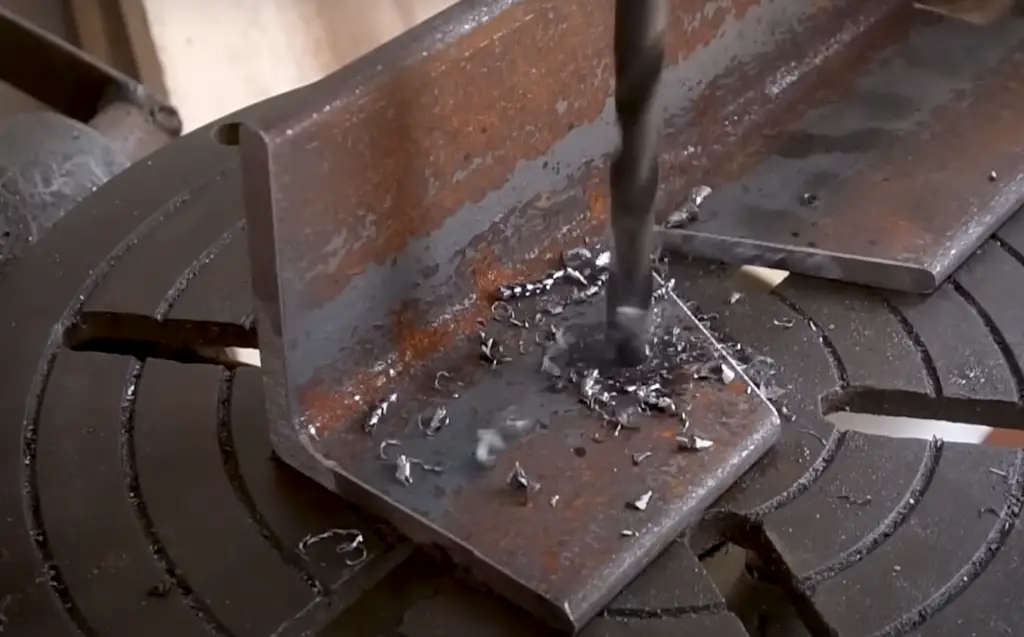
In addition to its excellent mechanical properties, alloy showcases good ductility, enabling it to be easily shaped into complex geometries without the risk of cracking. This flexibility opens up possibilities for innovative designs and intricate structures without compromising on performance.
With a density of approximately 7.8 g/cm³, similar to other tool steels, this steel exhibits low susceptibility to thermal shock and exceptional resistance to abrasion, further enhancing its suitability for high-performance applications.
While its machinability rating is moderate due to its inherent hardness, the proper annealing process can improve this aspect, allowing for easier machining of H11 Tool Steel. Additionally, this steel displays good resistance to softening at elevated temperatures, a property commonly referred to as “hot hardness.”
It is important to note that the mechanical and physical properties of H11 Tool Steel can be tailored to specific requirements by adjusting the heat treatment processes. This flexibility allows for customization and optimization of the material’s characteristics to meet the demands of various applications.
In summary, H11 Tool Steel stands out as a reliable and versatile material, offering exceptional mechanical properties, excellent thermal conductivity, good ductility, and resistance to thermal shock and abrasion. Its ability to be tailored to specific application requirements makes it a top choice for high-performance industries.[4]
Transverse Tensile Properties
Theverse tensile properties of H11 Tool Steel play a crucial role in determining its overall performance and applicability. These properties specifically refer to how the material behaves when subjected to tensile forces that act perpendicular to the grain flow or in a direction transverse to the primary working direction. In the case of H11 tool steel, it demonstrates exceptional transverse tensile strength, enabling it to withstand significant stresses without experiencing failure. This impressive strength significantly contributes to the material’s ability to resist crack propagation and fracture when load is applied perpendicularly to the primary working direction.
By virtue of this inherent trait, tools and components crafted from H11 exhibit enhanced durability and reliability, particularly in applications where they are exposed to multidirectional stresses. It is worth noting that, like other properties, the exact transverse tensile properties of H11 Steel can be influenced by the specifics of the heat treatment process. This offers an additional degree of customization, allowing the material to be tailored to meet diverse application requirements with precision and efficiency.[5]
Thermal Properties of Tool Steel H11
The outstanding performance of H11 alloy in high temperature applications can be attributed to its remarkable thermal properties. With excellent thermal conductivity, typically in the range of 42 W/m·K, this steel facilitates efficient heat dissipation, thereby bolstering its resistance to thermal fatigue. This becomes particularly crucial in tools and components subjected to frequent temperature variations or high operating temperatures, as it effectively prevents the accumulation of damaging thermal stresses within the material.

Furthermore, H11 Tool Steel exhibits a relatively high coefficient of thermal expansion, typically around 11.5 µm/m·°C. This characteristic implies that the material expands in response to heat, a vital consideration in the design and manufacturing of tools or components for high-temperature applications.
Overall, the exceptional thermal properties of tool steel elevate its suitability for demanding applications where heat resistance, thermal fatigue resistance, and dimensional stability under heat are of paramount importance. The careful consideration and understanding of these thermal characteristics contribute to the successful utilization of H11 tool steel in various challenging environments.[4]
FAQ
What is H11 material?
H11 material, commonly recognized as H11 tool steel, is a member of the Chromium hot-work steel family. It’s categorized under the AISI H10-H19 series, where H designates it as a hot work tool steel. Distinguished by its impressive characteristics, H11 material is characterized by excellent impact toughness, high resistance to cracking, and remarkable hot hardness. It contains chromium as a key alloying element, which imparts exceptional resistance to softening at high temperatures and enhances its ability to withstand wear and tear.
Due to its outstanding properties, H11 material finds extensive use in industries such as aerospace and automotive for manufacturing high-performance tools and components. Its remarkable hardness, toughness, and thermal conductivity set it apart as a favored choice for numerous challenging applications. Moreover, the inherent properties of H11 material can be further tailored by carefully controlled heat treatment processes, allowing for even greater customization and optimization of its performance.
In summary, H11 material stands as a versatile and reliable option for applications requiring a combination of strength, durability, and resistance to elevated temperatures. With its exceptional properties and the ability to fine-tune its characteristics, H11 material continues to play a vital role in various industries, contributing to the advancement and success of high-performance tools and components.
What is H11 steel equivalent to?
H11 tool steel, while distinctive in its properties, does have several international equivalents based on their comparative chemical composition and mechanical characteristics. Some notable equivalents include:
- 1.2343 and X37CrMoV5-1 steel in the DIN/EN standards.
- The JIS SKD6 steel in Japanese standard.
- In AISI/SAE standards, it’s often compared to H13 tool steel due to their similar composition and heat treatment characteristics, although they do show slight variations in performance.
The comparative equivalences serve as a guideline for material substitution in different regions or based on availability; however, it’s crucial to consider the specific application requirements and performance expectations. Differences in standards and manufacturing processes may result in variations in performance between the exact same grades of steel from different sources. Therefore, it’s always advisable to refer to the particular material certificates or consult with material specialists to confirm the compatibility of the intended use.
What is H11 machinability?
When assessing H11, it’s essential to consider its machinability. Machinability refers to the ease with which a material can be cut into a desired final shape through a machining process, such as drilling, milling, or turning. It is a vital factor in evaluating the efficiency and quality of production.
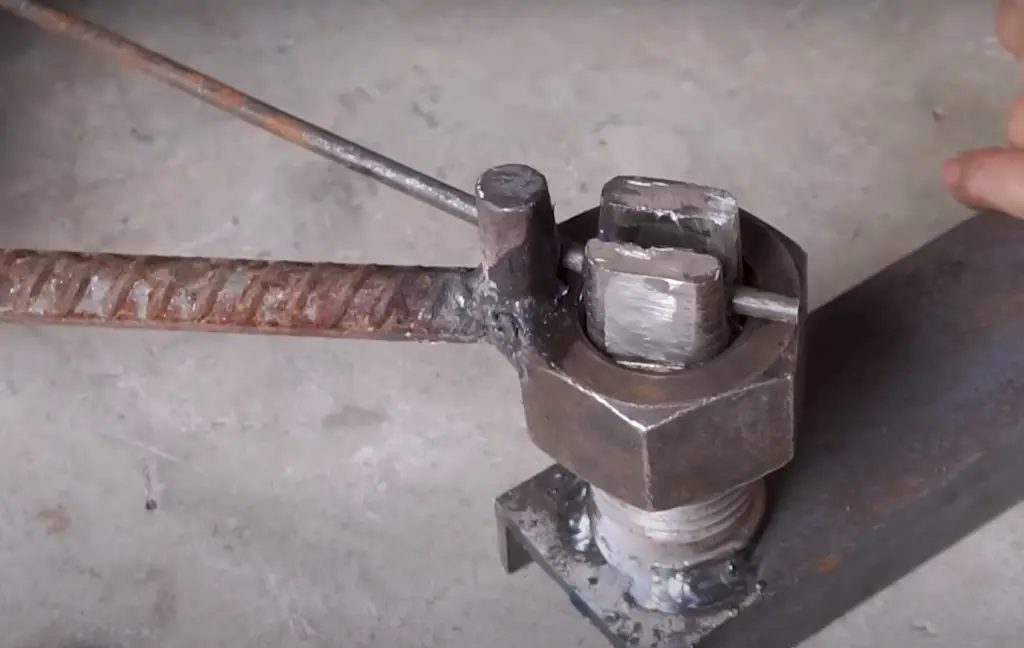
H11 tool steel is known for its good machinability, especially in the annealed condition. The steel’s unique composition, which includes Chromium, Molybdenum, and Vanadium, contributes to its machinability characteristics. These elements enhance the steel’s hardness, wear resistance, and toughness, allowing it to maintain good cutting edge retention under operating conditions.
However, it’s worth noting that the machinability of steel can be affected by the heat treatment process. For instance, the hardening process can increase the steel’s hardness, which may reduce its machinability. Therefore, it’s crucial to balance the hardness and machinability based on the specific application requirements.
Regardless, even in its hardened state, H11 alloy can be machined with the right equipment, techniques, and cutting parameters. Always ensure that high-quality, sharp tools are used for machining, and suitable cooling liquids are applied to prevent excessive tool wear and to maintain dimensional stability of the component being machined.
What size is H11?
H11 is widely available in a variety of sizes and shapes, ensuring it can meet the diverse application requirements of different industries. This versatile steel can be procured in multiple forms including flats, bars, plates, and rounds, providing flexibility in design and construction.
When it comes to thickness, H11 tool steel offers a range of options. Thin sheets can have a thickness of just a few millimeters, while thicker plates or large-diameter rounds can measure several centimeters. The width and length of the steel can also vary significantly, allowing for customization based on the specific needs of the application.
In the case of round bars, they are commonly available in diameters ranging from a few millimeters to over a hundred millimeters, catering to a wide range of machining and tooling requirements. It’s important to note that these dimensions can be further tailored through processes such as machining or grinding, enabling the achievement of precise sizes for specific components or tools.
For accurate dimensional information and to determine the availability of specific sizes, it’s always advisable to consult the manufacturer or supplier. Their expertise will ensure that you can obtain the exact dimensions required for your particular project or application.
What is the difference between H11 and H13 tool steel?
While H11 and H13 tool steels are both members of the Chromium hot-work steel family and share many similarities, they also have distinct differences that make each suitable for different applications.
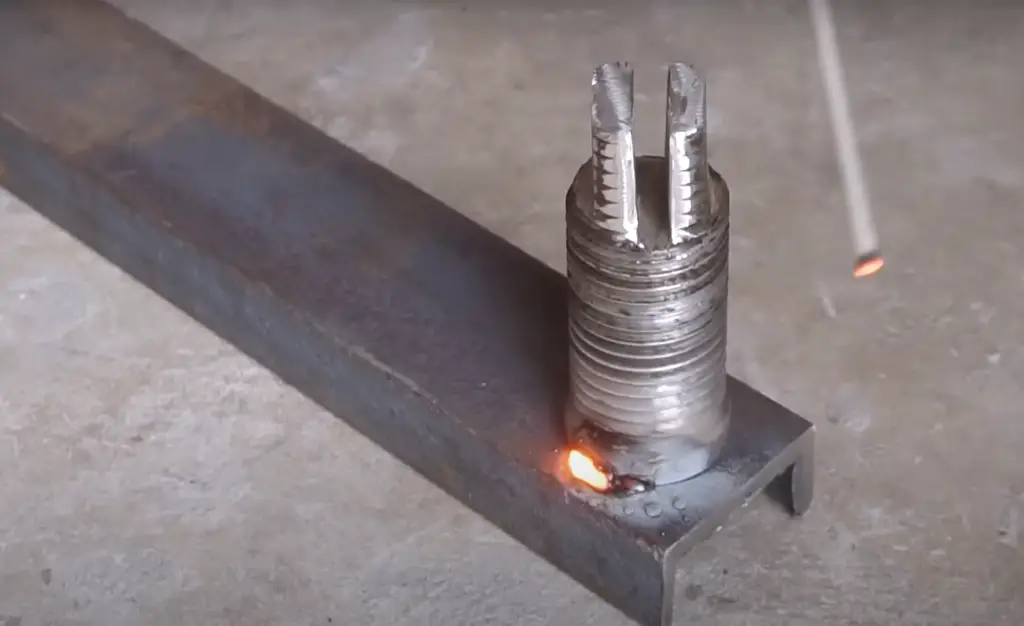
H11 tool steel, as described earlier, is renowned for its excellent impact toughness and high resistance to cracking. One of its defining characteristics is its exceptional hot hardness, which allows it to maintain its hardness even at elevated temperatures.
On the other hand, H13 tool steel is known for its extraordinary resistance to thermal fatigue cracking, making it particularly suitable for applications exposed to drastic temperature changes. Additionally, H13 exhibits excellent stability in heat treatment, which contributes to its superior wear resistance and dimensional stability, making it a preferred choice for extrusion dies and plastic mold cavities.
It’s important to note that while H13 may offer higher toughness and wear resistance, it typically has lower thermal shock resistance compared to H11. Hence, the choice between H11 and H13 should be based on the specific application requirements and the balance between hardness, toughness, and thermal resistance. As always, it’s advisable to consult with material specialists or refer to the manufacturer’s recommendations when selecting the appropriate tool steel for a particular application.
Useful Video: Guide to Understanding Steel | Materials Talk Series
Conclusion
In conclusion, H11 tool steel offers an impressive combination of hardness, toughness, and thermal resistance, making it an excellent choice for a broad variety of applications. Its exceptional hardness and resistance to thermal fatigue make it particularly suitable for high-temperature environments. Additionally, its good machinability, especially when in its annealed state, allows for easy shaping and forming.
H11 steel is available in a range of sizes and shapes, providing flexibility to tailor it to suit the specific requirements of diverse projects. Whether you’re working on heavy-duty machinery or intricate tools, H11 steel can be customized to meet your needs.
When comparing H11 with H13 tool steels, it’s important to understand the unique characteristics of each grade. H11 is known for its high toughness and good resistance to thermal shock, while H13 offers superior hot hardness and wear resistance. By carefully considering the demands of your application, you can determine the best fit for your needs.
As with any material selection, it’s recommended to consult with experts or refer to manufacturers’ guidelines to ensure the right choice for your particular application. Taking the time to understand the properties and capabilities of different tool steels will help you make an informed decision that will ultimately contribute to the success of your project.
References:
- https://blog.thepipingmart.com/grades/die-steel-h11-compositon-uses-properties/
- https://www.techsteel.net/alloy/tool-steel/h11
- https://www.astmsteel.com/product/h11-tool-steel/
- https://www.azom.com/article.aspx?ArticleID=6209
- https://www.engnetglobal.com/c/c.aspx/tec161/productdetail/tool-steel-h11

